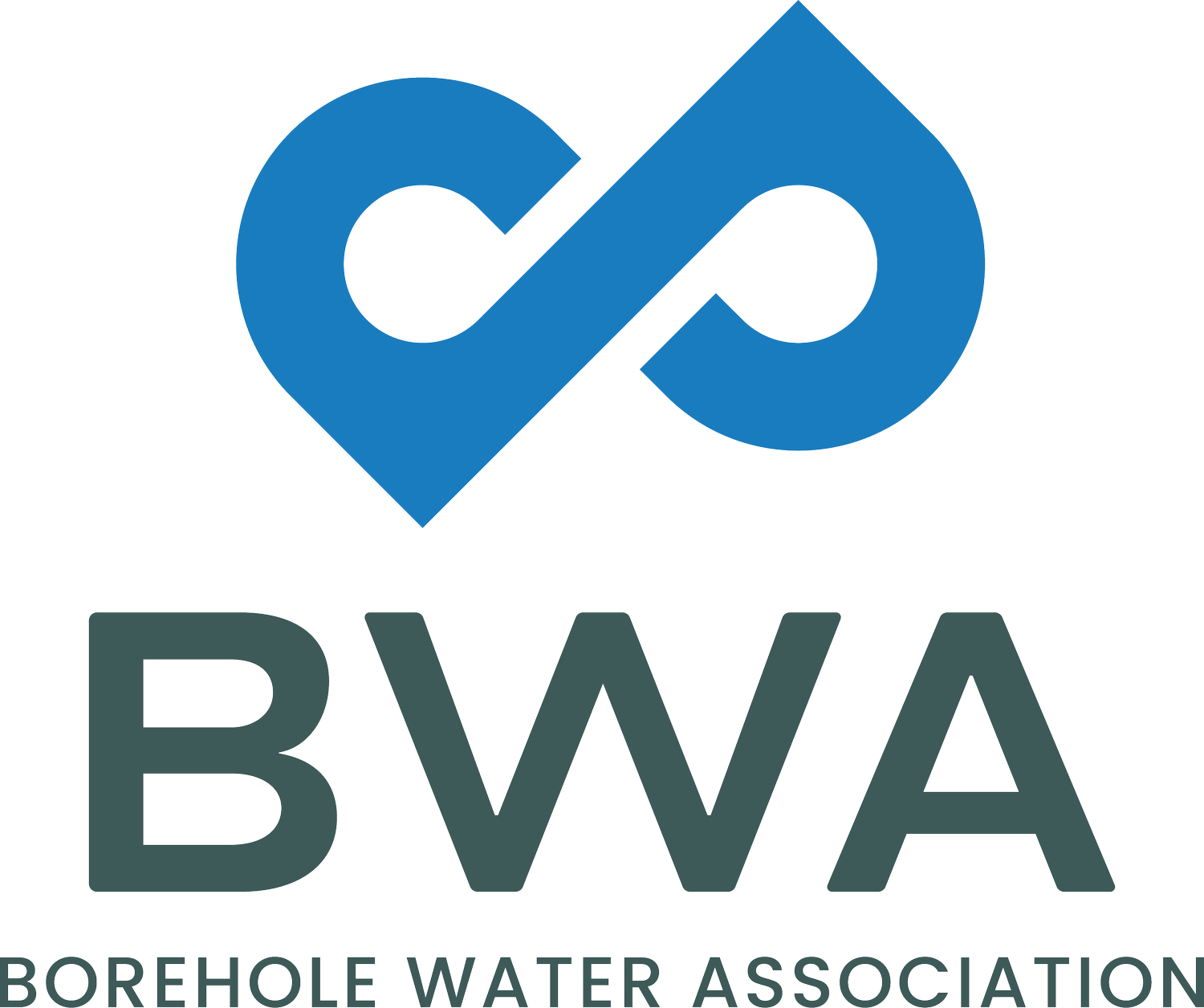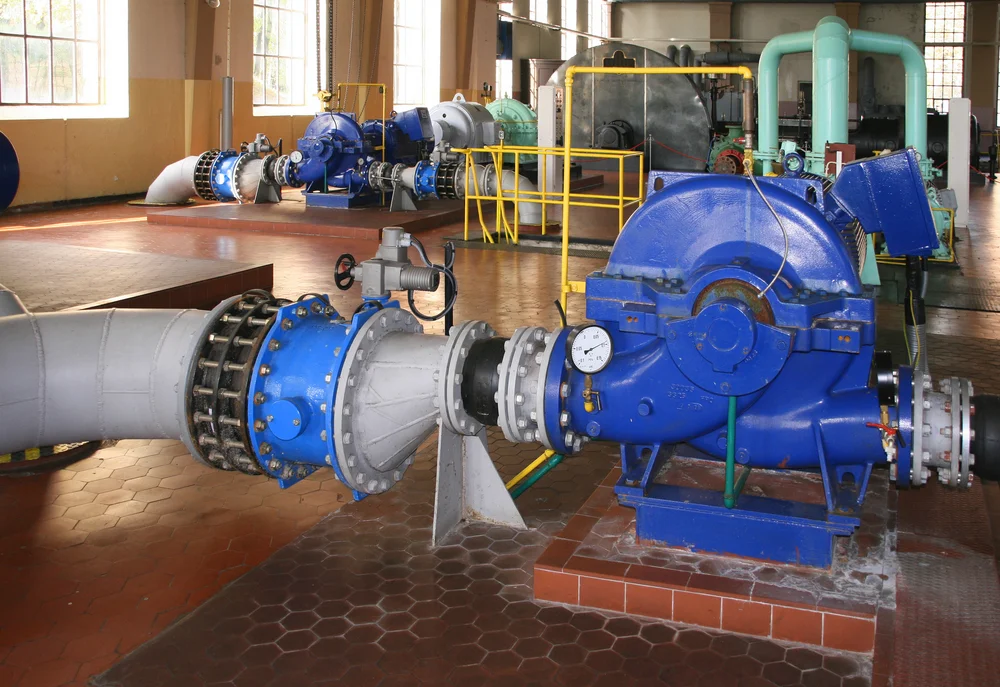System Head Curves: The Forgotten Asset
/by John Tonkin
Over the years, I have met many people in the groundwater industry – not only professional engineers but pump operators as well. Inevitably the conversation centres around problem installations. During one of these conversations, we started talking about the features and benefits of systems head curves. For some this was the first time they had heard about it. The level of interest was amazing. When the theory associated with system curves was related to real life case studies, the light bulbs really started coming on!
What is a system head curve?
Simply put, it is a graph which shows the total dynamic head (TDH) in a pipework system at various flow rates. Often this is superimposed on the performance curve of an appropriate pump and the duty point will be at the intersection of the system curve and the pump's performance curve. If the static head varies for any reason, a second system curve can be drawn which shows the increased TDH. The two intersection points show the range of flows and heads the pump will "see" as the static head changes.
Where does this all originate from?
Thanks must go to a colleague who took the time to take me through the process (too) many years ago. At that time the light went on and, yes, somebody was found to be at home. The lesson stuck and whenever the suspicion arose that the system was the culprit, out came the graph paper (this was before Excel and other dedicated software) and the friction loss charts. Once the plotting process began, the story unfolded before some eager eyes. Yes, the pipe was too small, or in some cases too big!
Once all the plotting was complete, there it was, in black and white or in colours, the whole sad story. No more arguing or debate. The solution(s) became pretty self-evident and the feelings of achievement and satisfaction were palpable.
A case study
During an energy audit of a river pump station (3 x 600kW units), the vital importance of system curves was, yet again, clearly demonstrated. This station was an interesting one. Designed and installed in the early/mid fifties, the pumps and one of the motors were on the wrong end of sixty years old! Curves? Nothing. Original Manufacturer? Untraceable. Controls? Variable speed using banks of resistors. Pure 1950's tech. What were the positives?
There was a flow meter that had recently been calibrated.
A calibrated pressure gauge was fitted to the discharge manifold (after the first one was taken off the pipe and continued to read 4,5bar!).
The height between the river and the discharge gauge could be measured (12m).
As the plant was operating at reduced capacity and there was a large capacity reservoir at the end of the discharge pipeline (1,2kms), the pumps could be switched off for a period of time in order to ascertain the static head between the discharge gauge and the outlet.
There was a brass plate on the side of each pump that gave three duty points on the (original) performance curve. Not much for 64 year old pumps but it was something.
A power meter had been fitted to one of the pumps. A thought here. How much does a panel mount power meter cost? Not much. What is this as a percentage of the cost of energy consumed by a medium to large pump set? A fraction. What is the value of the information given by these meters? Priceless!
So we set to work. Run one pump at four different speeds, take flow, head and power readings. Run two pumps at two different speeds, run all three pumps at four different speeds and take the same readings. Hold your breath and plot the data. As the points appear on the grid, I always, even after many years and many installations, get a great feeling of accomplishment. Have a look at the curve below. This is how the raw data presented itself, a line of best fit indeed!
Solid portions of the pump curves represent "as new" pump performance. System curve: actual pipeline head curve.
Click anywhere on the diagram for an enlarged version.
From the diagram it becomes immediately apparent that this station was designed for a two-operating-one-standby configuration. For various reasons, they were operated virtually continuously in an all-three-operating manner. Even in a new condition, the duty point would move far to the left of each of the three pump's curve i.e. 59m. At 59m pump curve one shows that each pump will "see" 2300m3/hr. This is quite well left on the curve(s). What would happen if the (estimated) dashed sections of the curves were flatter? The duty point would move even further left. Disaster! If the pumps were to wear and by default, have their curves move downwards (as would happen as their performance deteriorated over the years) then the duty points would move even further left. Disaster again! Efficiency would decline and a host of other LHS problems could arrive to make life even more difficult.
It's worth mentioning that the 900mm steel cement mortar lined pipeline is the original bar one length that was damaged and replaced. The system head curve for an equivalent pipeline in new condition was drawn using as-new data and our two friends Hazen and Williams. The variations between the two curves were no more than 2% at any point. Not at all bad for a 64 year old pipeline.
If the system curve and supporting data are matched with the power absorbed readings then a potentially exciting business opportunity comes to light. Running two pumps at speed 6 versus running three pumps at lower speeds brought about pump efficiency improvements of between 15 and 18 percentage points. In CO2 terms this meant a reduction of 6800 tonnes per annum. In money terms the potential savings were nothing short of remarkable.
The best part of this entire process was being able to graphically show how some significant savings could be made by just changing the way the existing pumps were operated. The system curve clearly shows that this was designed as a
two-operating-one-standby installation. Some basic training and a works procedure would bring significant reductions in operating costs to the table. If there was a willingness to spend some money and replace only the pump ends, the savings would nearly triple. Changing everything including the motors and controls would bring about a lot more clarity with regard to the actual performance of all the equipment in the station and an even greater level of saving but that was viewed as a long-term project that required a lot more investigation.
System curves rule!
John Tonkin is the editor of the Journal and offers training and advisory services at John Tonkin and Associates.






